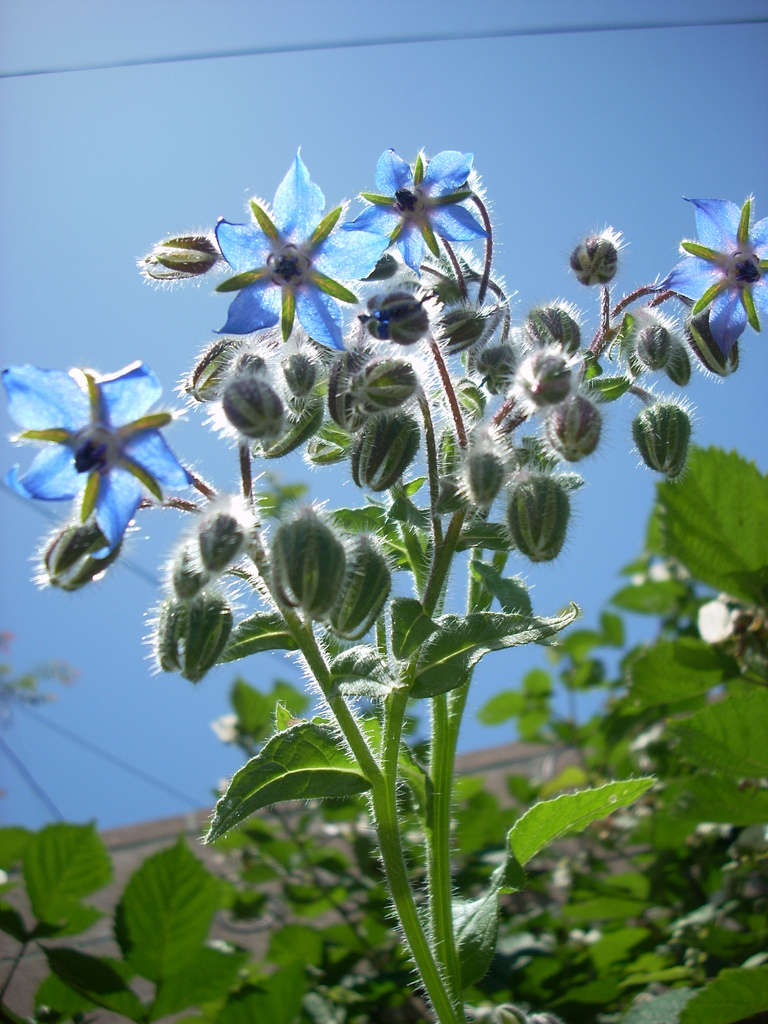Leave room in your sweet pepper beds for okra. Okra often grows taller than pepper plants, offering a bit of shade in our burning Texas sun and wind protection.
Michele advises us to generally not plant okra before May, due its resentment of coldish weather; however, if you leave space for it where you've planted sweet peppers, then you should be able to fit the okra in nicely.
Michele advises us to generally not plant okra before May, due its resentment of coldish weather; however, if you leave space for it where you've planted sweet peppers, then you should be able to fit the okra in nicely.








